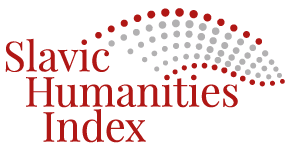The Arjangi Dynasty of Painters and Tbilisi
DOI:
https://doi.org/10.61671/hos.7.2024.8278Keywords:
Tbilisi, Tabriz, Tbilisi Art School, Seyd Ebrahim Aqa Mir, Seyd Hosayn Mir Mosavar Arjangi, Seyd Abbas Rassam ArjangiAbstract
In the late nineteenth and early twentieth centuries, it became a custom among educated and wealthy Iranians to send their children abroad to study European languages, professions and life style. Those for whom the big cities of Europe were geographically and especially financially inaccessible came to the nearest city of the Russian Empire - Tbilisi, and received education in private boarding schools and colleges. In the last decades of the nineteenth century, for Iranian artists, especially from Tabriz (Azerbaijan, Iran), Tbilisi was the closest city where they could get acquainted and master the methods and techniques of European academic painting. At that time, a number of artistic societies and private or public art schools operated in Tbilisi. Around 1900, three members of the Arjangi family from Tabriz, who are considered outstanding representatives of modern Iranian painting, received an artistic education in Tbilisi: Seyd Ebrahim Aqa Mir and his sons, Seyd Hosayn Mir Mosavar Arjangi and Seyd Abbas Rassam Arjangi.



































